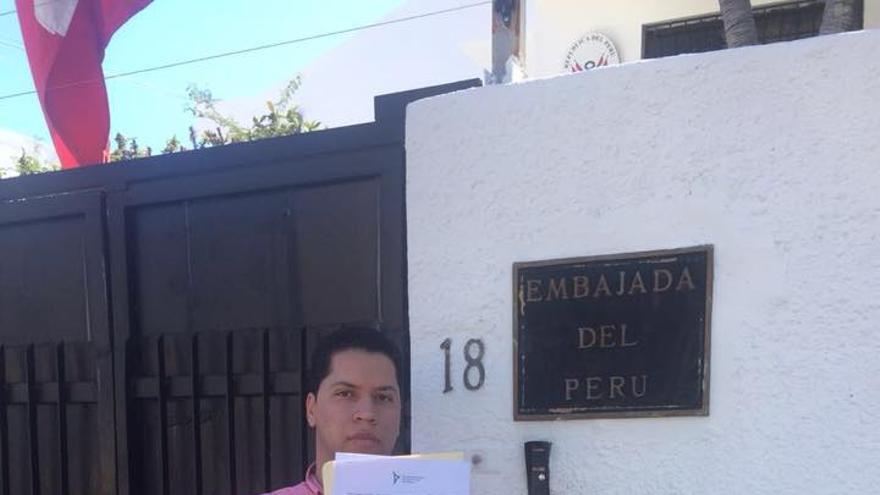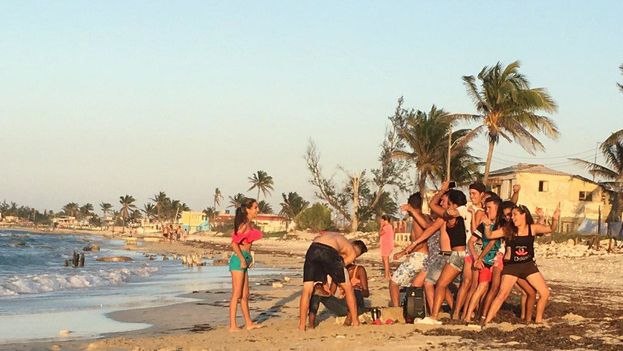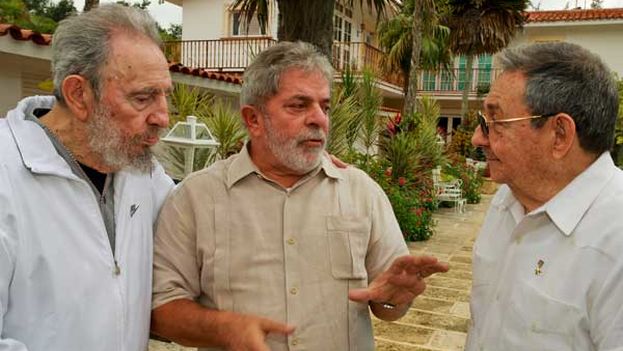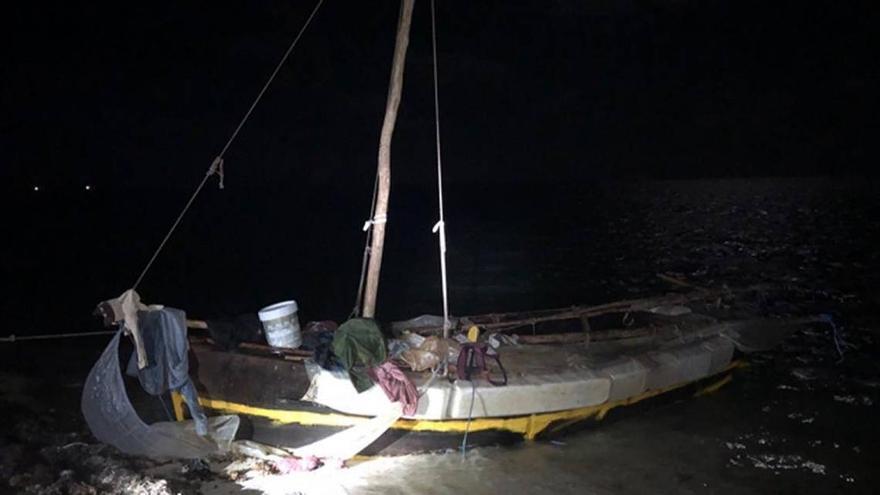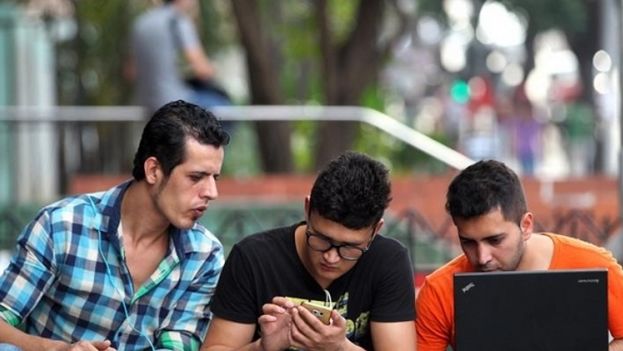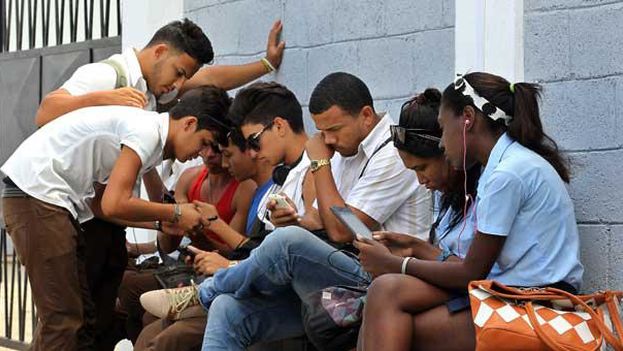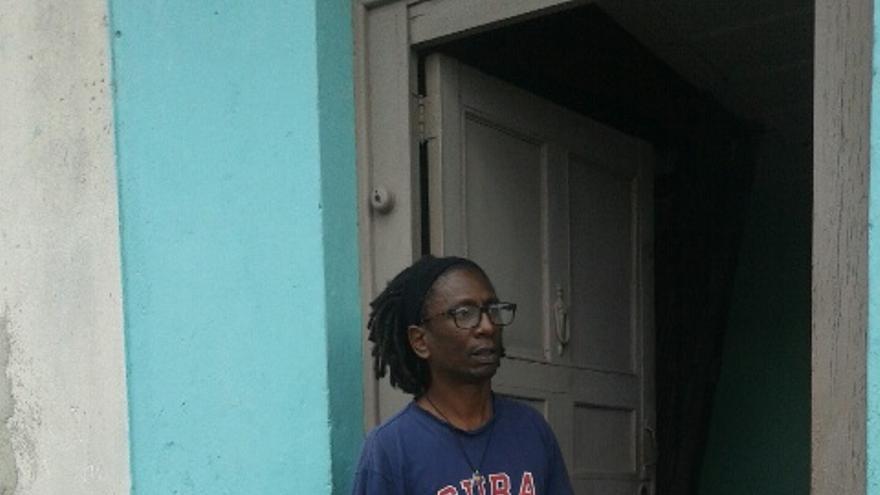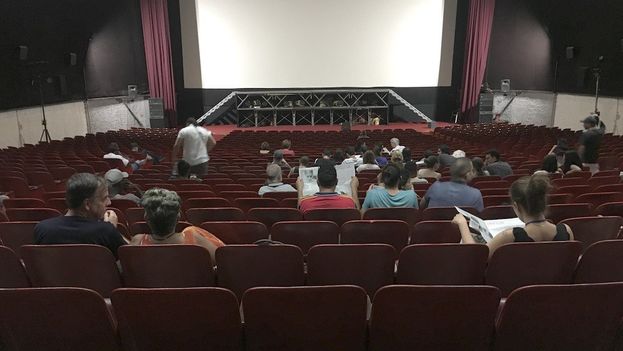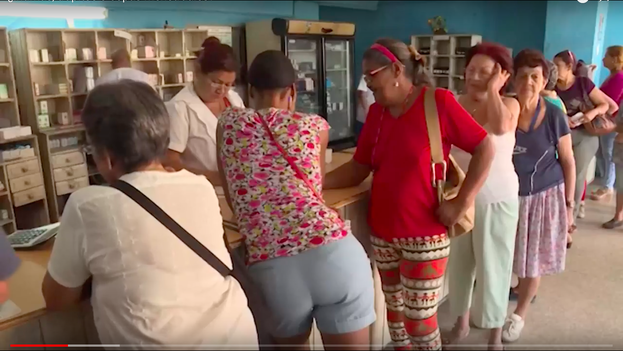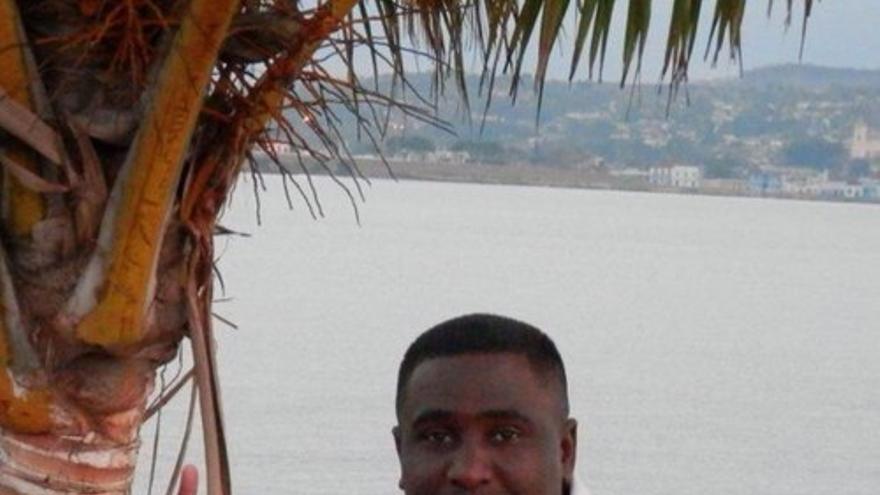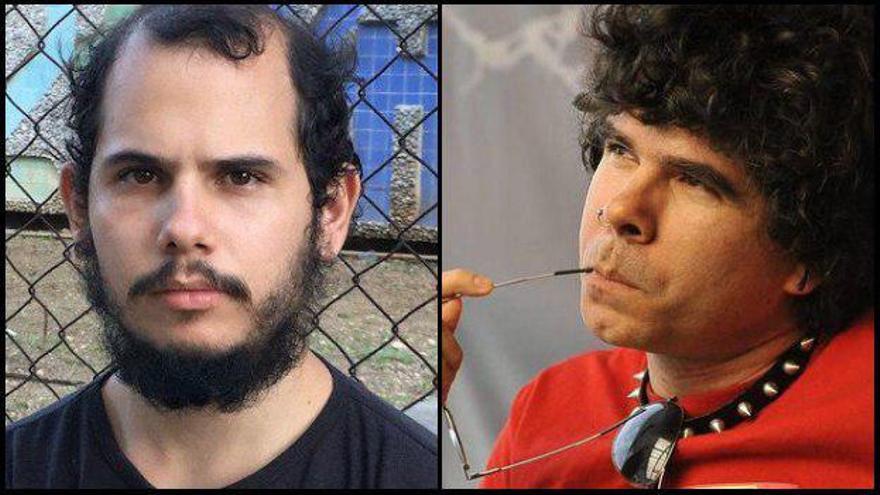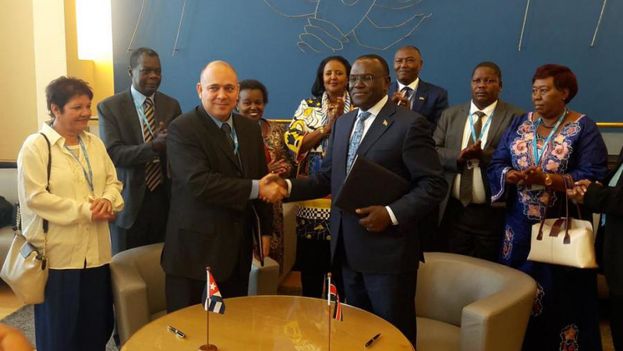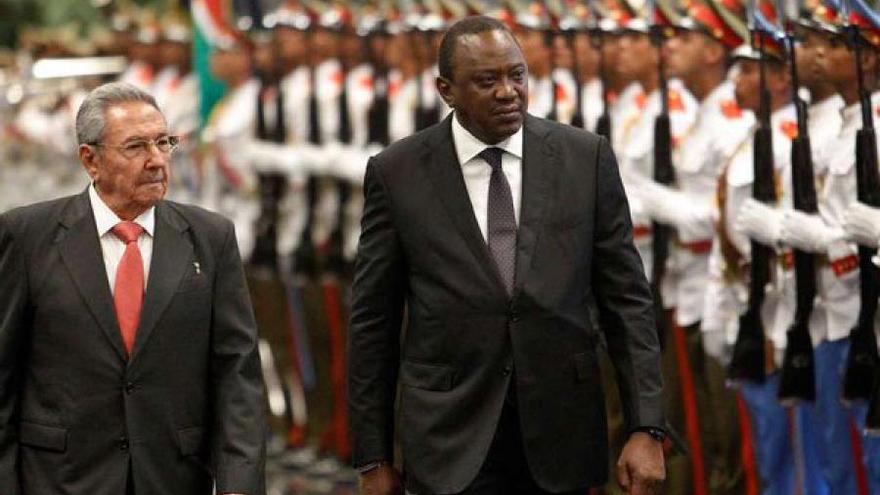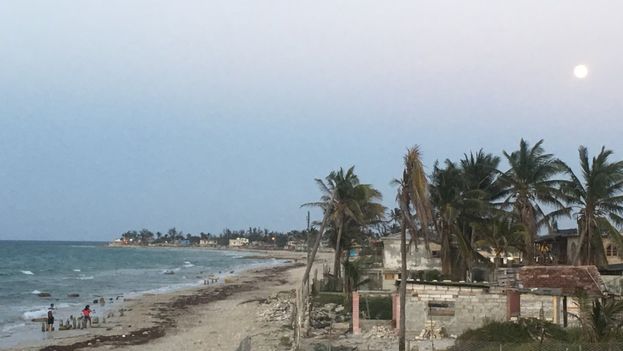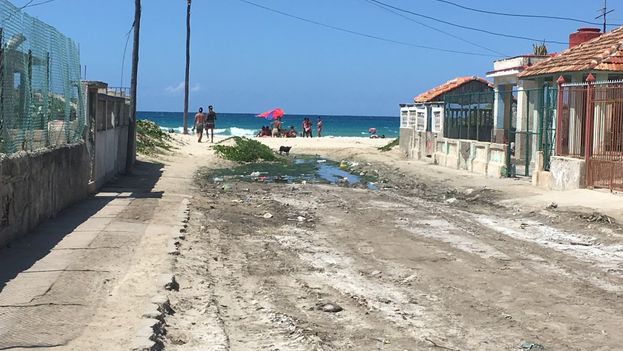
![]() 14ymedio, Mario Penton, 7 April 2018 — “I’m surprised, I never would have imagined it.” The grave voice at the other end of the telephone line is that of Silvano Pedroso Montalvo, who seems not to have gotten over his astonishment a week after Pope Francis appointed him bishop of the diocese of Guantanamo-Baracoa.
14ymedio, Mario Penton, 7 April 2018 — “I’m surprised, I never would have imagined it.” The grave voice at the other end of the telephone line is that of Silvano Pedroso Montalvo, who seems not to have gotten over his astonishment a week after Pope Francis appointed him bishop of the diocese of Guantanamo-Baracoa.
About to turn 65, Pedroso Montalvo is the first black bishop of the Catholic Church in Cuba in its entire history. “In the Church, we are all brothers and equal, I have never felt superior or inferior to anyone because of the color of my skin, but I understand that many people may like having a black bishop because the Church is universal,” says the priest. He works in two of the most humble and ethnically mixed neighborhoods in the Cuban capital: El Cerro and Jesús María. continue reading
“Silvano is authentic, austere, close to the people, consistent, accurate, and a simple man. Perhaps, using the words of Pope Francis, he is a ‘stray’ who can be a ‘game changer’ for the community of believers in Cuba,” says a priest who is an expert in the history of the Cuban Church and who prefers to remain anonymous.
Father Silvano, as the parishioners know him, has worked as a spiritual advisor to young men who want to be priests. He has also been a parish priest in rural areas. It is common to see him walking through the streets of Jesús María and El Cerro, as well as helping organizations such as Caritas in solidarity with the needy.
According to an expert consulted by 14ymedio, the Pope is trying to renew the face, style and language of the Cuban Church “with pastors such as the Bishop of Havana Juan de la Caridad, Father Silvano and Manolo de Céspedes, among others.”
Having accepted the resignation of Havana’s Cardinal Jaime Ortega, the Cuban Bishops’ Conference is in a process of transition that some experts believe involves distancing the Church from power and bringing it closer to the people.
“This appointment seeks to emphasize that the Catholic Church on the island is not only white, although most of the faithful are,” he adds.
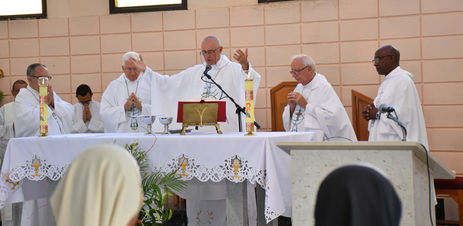
Pedroso was born in Cárdenas, Matanzas, on 25 April 1953 and was baptized in 1961, during a time when there was a rupture between the Cuban Church, which initially supported Fidel Castro, and the Revolution, after it turned to the Soviet Union. He graduated in Geography from the University of Havana and practiced his profession from 1979 to 1982 at the Physical Planning Institute of Las Tunas.
Dagoberto Valdés, a lay Catholic from Pinar del Río, believes that Pedroso’s work experience can help him better understand the contemporary Cuban Church. On the island it is estimated that 60% of Cubans are baptized as Catholics, but no more than 10% attend Sunday Mass.
“The incorporation into the episcopate of men who grew up, were educated, worked and became priests at the time of the institutionalization of the socialist process is a wonderful experience for the pastors of the Church,” says Valdés. “Silvano is a man close to the people, a missionary in solidarity with them,” he added.
For Lenier González, former editor of one of the most important Catholic publications on the island, Espacio Laical (Lay Space), and current coordinator of Cuba Posible magazine, the appointment of Silvano is good news because “he addresses many challenges at once, almost all of them related to the links and historical actions of Catholicism with the Cuban black population.”
There is as yet no date for his episcopal consecration, which will be in Havana, but Silvano Pedroso is already very familiar with the work that is done in the diocese that has been assigned to him. “In Guantanamo, the Church has done a very nice job in terms of helping the most needy, especially after the hurricane,” he says.
After Hurricane Matthew, young Catholics organized weeks of help to rebuild the homes of the victims. Caritas distributed more than 60,000 pounds of aid from churches from neighboring countries, such as the United States.
The diocese of Guantánamo-Baracoa was created by John Paul II in 1998. Although the city of Guantánamo is home to the cathedral of Santa Catalina de Ricci, Baracoa (the first town founded in Cuba after the arrival of the Spaniards) is home to the co-cathedral church where the Cruz de la Parra (Cross of the Vine), brought by Columbus to the New World, is preserved.
The seat of the diocese has been vacant since 6 December 2016, when the previous bishop, Wilfredo Pino Estévez, was appointed to head the diocese of Camagüey.
Pedroso’s pastoral plan will be to follow the line of solidarity and human advancement that was underway in the diocese. “I try to accompany people in their reality, which is sometimes very hard,” he says.
Pedroso remembers that he was shocked the day a humble family in a Guantánamo town welcomed him into their home, giving him the best they had to eat and offering him rest. “Many times simple people are the ones who open themselves most to God and his message,” he explains.
__________________________
The 14ymedio team is committed to serious journalism that reflects the reality of deep Cuba. Thank you for joining us on this long road. We invite you to continue supporting us, but this time by becoming a member of 14ymedio. Together we can continue to transform journalism in Cuba.


